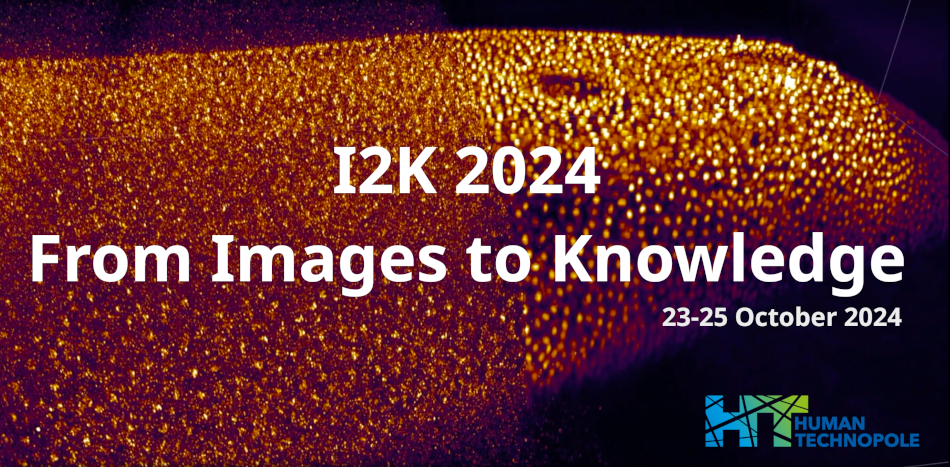Speaker
Description
Image-based cell profiling has become a fundamental approach for understanding biological function across diverse conditions. However, as bio-imaging datasets scale, existing tooling for image-based profiling has largely been co-opted from software that initially catered to biologists running smaller, and often interactive, experimental workflows. Here, we introduce pollen, a fast and efficient tool for processing image and segmentation data in image-based profiling experiments. Given images and associated bounding boxes, polygons, or masks, pollen quickly generates diverse object-level morphological images for downstream analysis. Evaluated on real-world datasets, pollen can generate object-level data over 200 times faster than the gold-standard CellProfiler. Beyond processing, pollen can also rapidly compute a variety of classical morphological descriptors (e.g. texture) or deep features (e.g. self-supervised learning) either jointly with image processing or independently on any set of images. We curate 75,180 images from 11 datasets to show how pollen can be used for processing and profiling of cell and nuclear morphology, training cell-level self-supervised models, and further analyses. pollen is available as command-line tool written in Rust with some features exposed to python via bindings.
| Authors | Tom Ouellette*, Philip Awadalla |
|---|---|
| Keywords | image-based cell profiling, morphology, profiling, self-supervised learning, rust |

